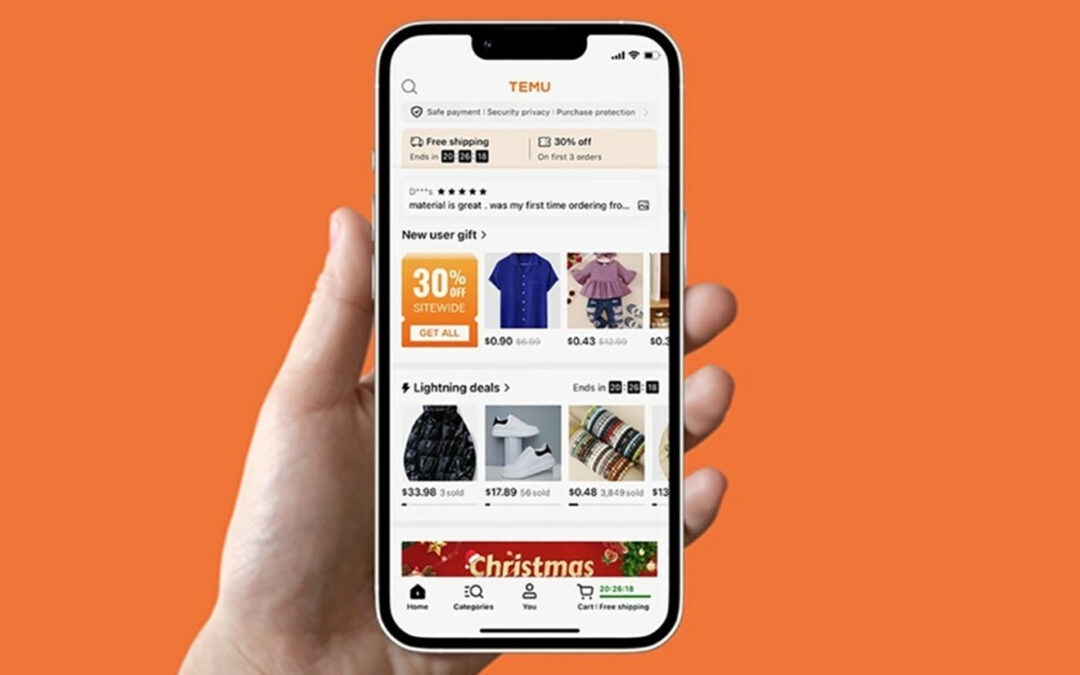The omnichannel marketplace undergoing a significant operating transformation, according to a report from InsightAce Analytic entitled “Global Internet of Things in Retail Market.”
Smart devices and systems at retail have arrived at a tipping point. In one recent development, retailers such as Walmart are looking at adding electronic shelf labels, once widely considered too expensive and vulnerable to damage in store for widespread deployment. In another, Schnucks supermarkets and Instacart are teaming up on new shelf tag functionality that will make the job of product pickers more efficient and accurate.
InsightAce expects the value of products supporting global IoT at retail, valued at $57.8 billion in 2023, to reach $464.9 Bn by 2031, with compound annual growth of 30.1% during the forecast period of 2024-2031.
Smart products have the potential of transforming the retail market by enhancing customer experiences, optimizing operations and enabling new business models, the market researcher and consultant stated. Such, IoT technologies as smart shelves, beacons and connected devices provide real-time data and insights into inventory levels, customer preferences and store traffic patterns. With such data, retailers can manage stock more efficiently, personalize marketing efforts and streamline supply chain operations, InsightAce pointed out. New technology connected retail tech can improve in-store experiences through such features as automated checkout, interactive displays and tailored promotions based on shopper behavior.
The rise of omnichannel retailing, driven by technologies that can readily integrate online and offline shopping is contributing to market growth, InsideAce asserted. Also, the growing prevalence of IoT-enabled smart stores, in which retailers use interconnected devices and sensors to offer immersive and personalized shopping experiences, is further accelerating market expansion.
Many retailers are looking to change its operational model to better integrate online and in-store operations. Unified commerce (UC), an approach to executing that change, promises to create retail operations that more closely align strategies across physical and virtual retail platforms. Automated electronic shelf labels are an important element in the move toward UC as they allow retailers to apply variable pricing as it occurs online. Companies have moved toward that by updating and printing easily affixed price labels on a more frequent basis to get closer to the price movements they make online. Still, without electronic shelf labels, a lag between changes and execution at stores is inevitable and the simple functional necessities of printing and applying updated prices has been complicated by chronic labor shortages.
Walmart recently revealed that its Store 266 in Grapevine, TX, has been testing electronic shelf labels and will expand the technology to 2,300 stores by 2026. Walmart stores offer some 120,000 products on their shelves, each with an individual price tag. Every week, employees execute thousands of pricing updates. The digital shelf labels enable pricing updates at the shelf simply using a mobile app, Walmart pointed out.
Instacart and Schnuck Markets have announced they have worked together in adding Carrot Tags picking software to the supermarket operator’s electronic shelf labels. The updated shelf labels incorporate incremental functionality, including pick-to-light capability. Pick-to-light systems electronically guide employees fulfilling orders in a warehouse or store through the product selection process. With Carrot Tags, Schnucks supermarket customers can activate items from their picking lists within the Instacart Shopper App. Doing so is said to make fulfilling their orders easier and more accurate.





